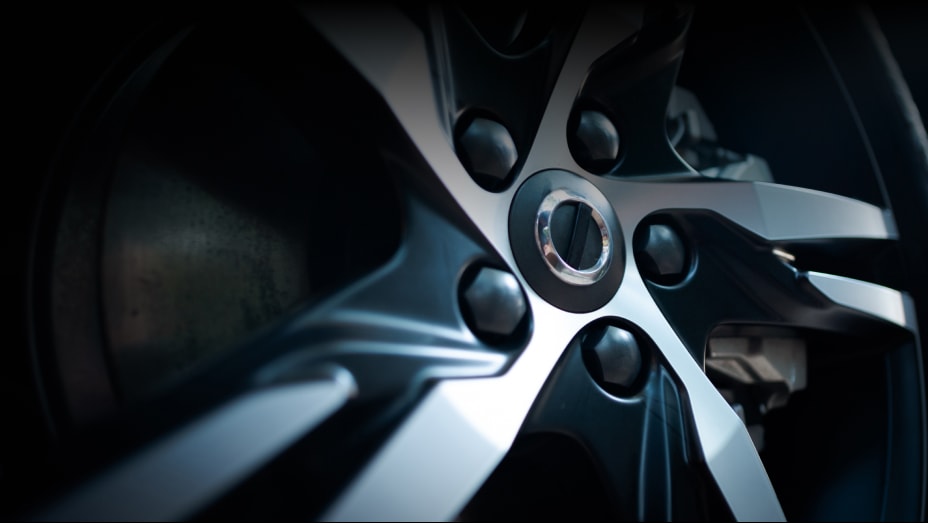Our Story
Watch the short interview with Ujj Nath, our Co-Founder and CEO, to learn about the experiences that created myKaarma’s foundation and the philosophy that guides every decision we make.
Learn how myKaarma was started

“Everything we design is from the consumer’s viewpoint. So if it makes it easy with the consumer, we feel it makes it more efficient at the dealership, which in turn makes the dealership more money, makes the consumer happier, and retention goes up.”
Ujj Nath
myKaarma Co-Founder and CEO
Fixed Ops and Payment Solutions for Automotive Dealers
I have always wondered, if I had gone to a venture capitalist for funding and told them that we were going to build a firm that did communications and payments for automotive dealers, I’m sure they would have asked the question:
What do those two things have in common?
Logically they seem disconnected, however when looked at from the consumers viewpoint it makes perfect sense because those are two of the key pain points on getting your car repaired – communications with the dealer and the payment process.
This all started in 2012 when I took my car in to get repaired at my local Honda dealer. I brought my car in for an oil change and gave them a coupon they had sent me. I was expecting it back in 1 hour and when I had no communications from the dealership for 3 hours I called the dealer and heard the perennial:
“Thank you for calling… This call will be recorded… Press 1 for new car sales, press 2 for used car sales, 3 for service.”
When I pressed 3, it rang five or six times before a person finally picked up the phone. Unfortunately, he had no idea who I was. He ended up asking my name, my vehicle model, and it’s color, only to find out that my service advisor was out to lunch. I was told he was going to call me back when he returned. I never heard back from the service advisor, so I eventually ended up having to go to the store at the end of the day. To my shock, I found that my final invoice did not have the coupon discount. I knew this process could be better!
Armed with this experience, we set about writing software that would make the job of the service advisor easier while drastically improving the customer experience.
Values that drive us
Create Exceptional Interactions
Set up some time with our team to learn upcoming innovations and how myKaarma can improve the way you do business.
Request a demo

